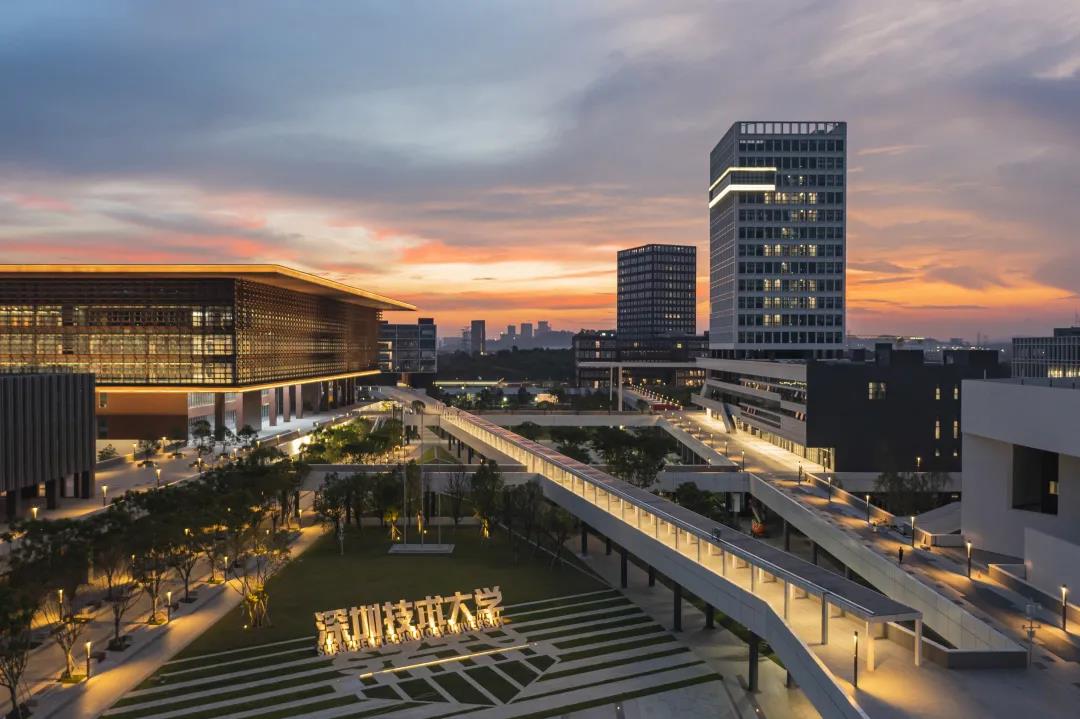On October 13, Shenzhen Technology University (SZTU) held the first 3D Multimedia Technology Industrialization Symposium (hereinafter referred to as the Symposium), where experts and scholars gathered to showcase the latest research progress, introduce market demands and dynamics, and discuss cutting-edge trends in the application of 3D multimedia technologies. The Symposium was co-organized by Advanced Autostereoscopic Display and Chip Design Center (hereinafter referred to as the Center) of College of New Materials and New Energies and Scientific Research and University-Enterprise Cooperation Office at SZTU.
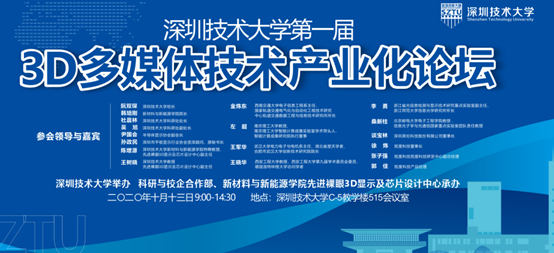
The first 3D Multimedia Technology Industrialization Symposium [Photo/Party Affairs Committee Publicity Office]
The attendees include Prof. Ruan Shuangchen, president of SZTU, Prof. Han Peigang, dean of College of New Materials and New Energies, Prof. Liu Qingxia, fellow of the Canadian Academy of Engineering and distinguished professor of SZTU, Prof. Chen Zengyuan and Prof. Wang Shuxiao, deputy directors of the Center, and representatives from Pingshan District Science and Technology Innovation Bureau as well as Scientific Research and University-Enterprise Cooperation Office of SZTU.
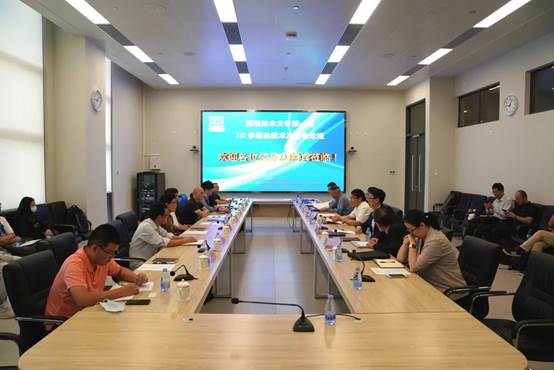
Main attendees of the Symposium [Photo/Party Affairs Committee Publicity Office]
The Symposium also invited professors from other domestic universities, including Prof. Wang Junhua from Wuhan University and Prof. Sang Xinzhu from Beijing University of Posts and Telecommunications, who acted as advisors of the Symposium, Prof. Jin Weidong from Southwest Jiaotong University, Prof. Zuo Chao from Nanjing University of Science and Technology, Prof. Wang Xiaohua from Xi’an Polytechnic University, and Prof. Li Yong from Zhejiang Normal University. It was chaired by Prof. Han Peigang and Prof. Chen Zengyuan, and hosted by Prof. Wang Shuxiao.
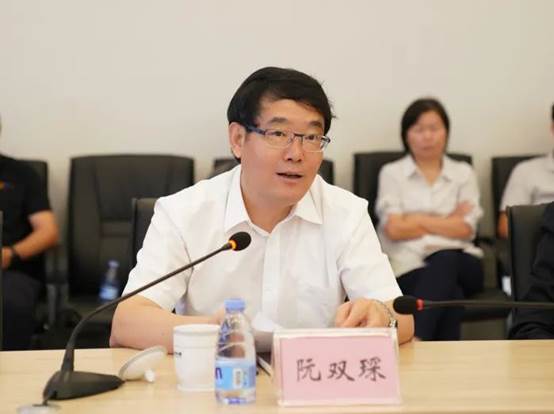
Prof. Ruan Shuangchen delivers a speech. [Photo/Party Affairs Committee Publicity Office]
Prof. Ruan Shuangchen welcomed all the guests and pointed out the significance of the Symposium. He stated that SZTU, as the third local public university in Shenzhen, had been strongly supported by relevant departments of the central and local governments. It’s the best timing for its rapid development, as Shenzhen is making even greater efforts to develop higher education. It is believed that the Symposium which builds a bridge for communication and cooperation between domestic universities will greatly benefit the improvement of 3D multimedia technology. He expected that productive collaboration among the experts present will be established through this event to help boost the industry.
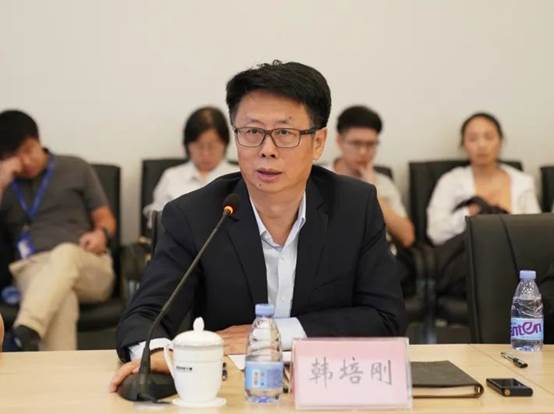
Prof. Han Peigang introduces the development of College of New Materials and New Energies. [Photo/Party Affairs Committee Publicity Office]
Prof. Han Peigang gave a brief introduction on College of New Materials and New Energies. As one of the initial six colleges of SZTU, the College is committed to nurturing high-level engineering talents in the field of new materials and new energies. He hoped the Symposium will serve as a window for the College to showcase itself and a platform for cooperation and exchange in 3D multimedia technology sector.

Prof. Chen Zengyuan expresses his expectations on the Symposium. [Photo/Party Affairs Committee Publicity Office]
Prof. Chen Zengyuan also expected the experts invited to strengthen communication and collaboration in promoting the industrialization of related scientific researches and inventions.
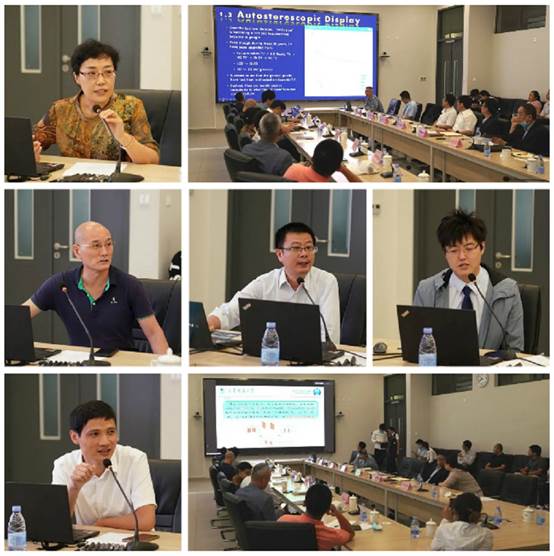
Professors from different universities give academic lectures on their researches. [Photo/Party Affairs Committee Publicity Office]
With a focus on facilitating the development of 3D multimedia technology industry, the experts and scholars then shared their scientific researches on issues including optimizing the 2D to 3D conversion algorithms, 3D functional chip design, 3D content creation, 3D equipment manufacturing, and industrialization of university-based technologies. Afterwards, they visited the 3D Multimedia Technology Center located in Shenzhen Biomedical Innovations Industrial Park in Pingshan District.
Tips:
The Advanced Autostereoscopic Display and Chip Design Center (the Center) of SZTU masters the world's leading autostereoscopic display technology and mainly focuses on developing such technology and designing functional chips. It has developed 8K autostereoscopic TVs, solving various key technical problems on related design and manufacturing.
The Center aims to cultivate talents in the sector of autostereoscopic display and undertake related research projects, providing services such as design of autostereoscopic grating films and functional chips for the society, enterprises and institutions.
Drafted by Olivia(赖丽伟)/ International Cooperation & Student Affairs Office
Edited by International Cooperation & Student Affairs Office
